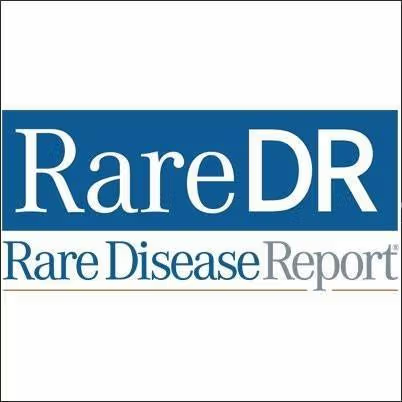Article
The HIT Contrarian: What Pay for What Performance?
Pay for Performance (P4P) is all the rage in Congress and among employers, insurance companies, some patient advocacy groups, and certain headquarters of organized medicine. P4P currently utilizes...
Pay for Performance (P4P) is all the rage in Congress and among employers, insurance companies, some patient advocacy groups, and certain headquarters of organized medicine. P4P currently utilizes mostly “process” measures (such as glycohemoglobin levels in diabetics), although a few systems use outcomes measures (such as decreased ER visits, hospitalizations, complications, or death). The idea is that P4P will produce better health outcomes for patients while increasing overall physician compensation. I think it can be shown that, for the near future, higher pay from P4P is a mirage—it’s just not going to happen, except for a minority of physicians. It has yet to be proven that P4P will produce “increased value” in the form of better health outcomes for each healthcare dollar spent.
Performance and the HIT Link
In order for “performance” to be measured and graded, vast amounts of diagnostic, treatment, and outcomes data must be collected, mined, and analyzed, which is hugely expensive, if not physically impossible, unless all medical information in every location is available electronically. Interoperable, interconnected EMRs must be used by every healthcare provider to make performance assessment possible. Whose performance is to be graded? Meeting performance goals and guidelines (more on guidelines later) would logically be seen as the shared responsibility of patients and their physician(s), but the reality is that only physicians are to be graded. One commonly used performance guideline stipulates diabetic patients should have a glycohemoglobin of less than 7. I have a patient who, despite counseling at every visit by me and two visits to the dietician/diabetes educator, continues to have a glycohemoglobin of greater than 7, resistant to all forms of medication and perhaps related to his persistent refusal to give up his Tootsie Roll Pops. He will not lose any performance bonus, but I will under P4P.
Most of my patients see multiple physicians, and, as far as I can tell, no P4P program addresses in any logical way which physician gets blame or credit for such patients’ outcomes. A physician may get penalized or rewarded for results that are not under his or her responsibility. At least one study has confirmed this is already happening. There is little evidence that P4P and adherence to guidelines produce the desired effects on patients’ health outcomes. The gold standard of medical proof of efficacy is the randomized controlled clinical trial (RCT) with sufficient numbers of patients studied to demonstrate meaningful statistical differences in outcomes of different treatments. To my knowledge, no such trials exist yet for P4P. Available studies show scant differences in outcomes when guidelines are followed; sometimes worse results are obtained by following guidelines. Studies have shown that electronically collected data may be inherently inaccurate. Others have even questioned the value of P4P/guidelines for ensuring quality and implied the whole movement is about cost control. Amazingly, some studies have even shown EMRs actually worsen performance.
Add to this muddle the fact that some of the 1,650 Clinical Practice Guidelines cataloged in 2005 by the National Guideline Clearinghouse actually conflict with one another—especially in patients with multiple comorbid diseases—and thus, may be impossible to follow. In areas where physicians are currently being graded, inaccuracies in the data have resulted in their harm.
Holy Criterion, Batman! What’s a Poor Solo Practitioner to Do?
According to the Medical Group Management Association (MGMA), the average cost to buy and implement an EMR system is $32,606 per physician, with an additional $14,400 expense for maintenance. Current proposals would award a bonus of 1.5% of current reimbursement to physicians who implement an EMR and document compliance with guidelines and outcomes goals. Recent results from the CMS-sponsored Medicare Physician Group Practice Demonstration showed that only two of 10 participants who invested in the hardware, software, and staff time required to participate in the study earned any bonus at all. The maximum bonus theoretically available to an eligible solo or small-practice physician would be less (probably much less) than $10,000 per year.
P4P’s benefits to patients in terms of healthcare outcomes must be better demonstrated by RCTs before physicians can justify the expense and stress of purchasing and implementing EMRs. We are nowhere near that point with the currently available EMR systems and P4P programs. Everest “Tad” Whited, MD, PhD, is a board-certified family practitioner
with a solo practice in Pflugerville, TX





